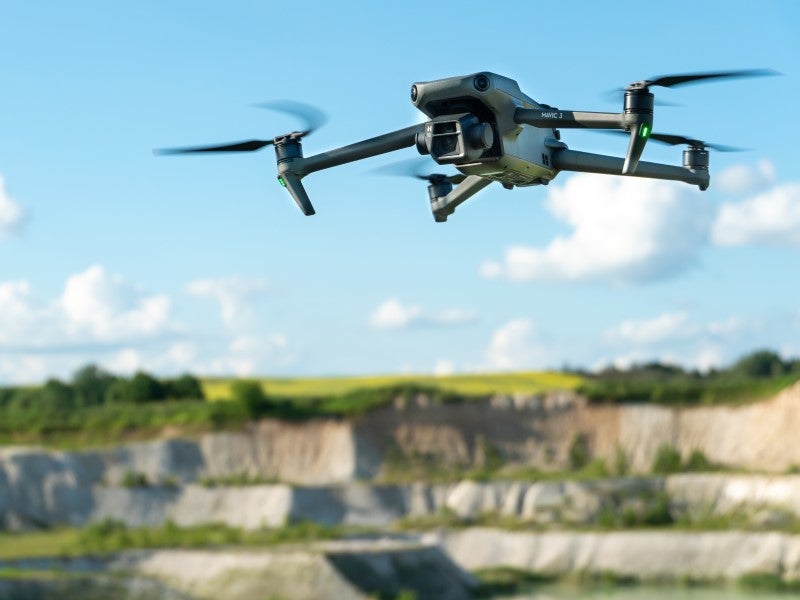In its upcoming report, Thematic Research: Robotics in Mining, GlobalData says that robotic technology is indispensable for any mining company that wishes to be competitive. The three common goals of mining companies – safety, productivity and sustainability – can all be supported by robotic deployment. And, it is a growing market: the revenue of the industrial robotics sector was $14.6bn in 2020, and this is forecast to reach $352.1bn by 2030. The CAGR over this decade will be 37.5%.
Safety
A surefire way to improve safety is to remove human workers from hazardous areas. Drilling rigs can instead be operated and supervised remotely, rather than on-site. Haulage can be done without human drivers, underground tasks can be done without a human presence, and the inspection of high walls or underwater regions can be done by drones, land rovers and underwater robots.
At the BHP Nickel West drill mine in 2018, a dangerously over-pressurised water pipe was detected far underground in a drill hole. BHP enlisted the robotics expertise of Woodside and Deakin University, as well as staff from the University of Texas, Clearpath and NASA. The robot was remotely guided through the tunnel and up to the pipe. The cutting of the pipe was successful and a human team then entered to retrieve the robot. The high-risk operation would have been far more dangerous, and likely less successful, were it not for the robotic equipment and the ability to operate it from a safe distance. It also streamlined the entire process; there were less than two weeks between the detection of the issue and its resolution.
Productivity
Productivity is improved too, primarily because robotic technology is more precise, reliable and enduring than human labour. Drills can follow specified boring patterns and calculate the optimal amount of explosives needed to fill. Haulage trucks can drive without stopping for breaks or staff changes, and underground mining can be done without waiting for the smoke from detonations to clear.
On June 21, 2022, Rio Tinto opened its most technologically sophisticated mine to date. Gudai-Darri is an iron ore mine in the Pilbara region of Australia. Since the expected lifetime is 40 years and the expected annual volume is 43 million tons, it made sense to install the best technology possible. The iron ore chief executive said, “Gudai-Darri represents a step-change in the deployment of automation and automation within our iron ore business”. As a result, Rio Tinto collaborated with Caterpillar to develop new autonomous water carts. The carts will be used for dust suppression. Their sensors assess road dryness and use water automatically, and the data they collect will enable operators to monitor and improve water use.
Sustainability
The main contribution of robotics to the sustainability of a mine is the reduction of energy expenditure. Remotely-operated and automated vehicles consume far less fuel, since their operation involves much less stopping and starting. Modern robotic technology uses batteries, rather than fossil fuel, for power.
The EU-funded UNEXMiN programme uses robot technology to explore closed, flooded mines with robots for valuable minerals. Obtaining metals and minerals from existing sites involves far less environmental disruption than opening new mines, but they are extremely difficult to explore. The UX-1 robot, first deployed in Slovenia in December 2018, uses ultraspectral cameras to identify minerals under the dark, murky water. It was used for ‘non-invasive autonomous 3D mine mapping’.
Do the robot
With this in mind, robotics appears to be a win-win-win for mining companies.





